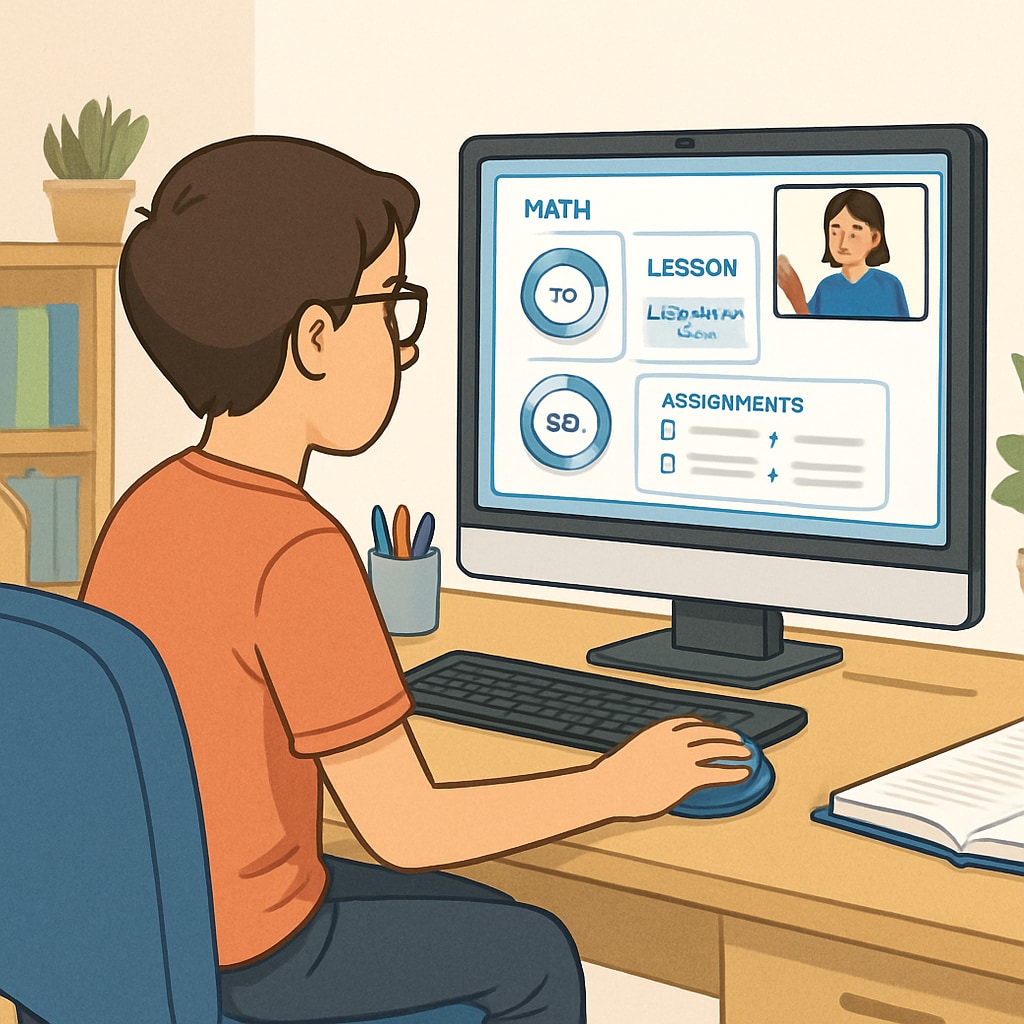In recent years, the trend of parents opting for online public education has gained remarkable momentum. This educational mode, which combines virtual learning with the accessibility of public schooling, is appealing to families for a variety of reasons. From accommodating unique learning needs to providing a flexible environment for diverse lifestyles, the motivations behind this choice shed light on a significant shift in modern education. Understanding these factors can help educators and policymakers better support families navigating the evolving landscape of education.
Meeting Individualized Learning Needs
One of the strongest motivations for parents to choose online public education is the ability to meet the unique learning needs of their children. Every child learns differently, and traditional classroom settings may not always provide the tailored instruction necessary for some students to thrive. Online platforms often offer customized learning paths, allowing students to move at their own pace and focus on areas where they need the most support. This level of personalization ensures that children can achieve their full potential, irrespective of their academic strengths or challenges.

Flexibility for Modern Lifestyles
Another key motivator is the flexibility that online public education offers. For families with non-traditional schedules, such as those with parents who travel frequently for work or children pursuing extracurricular passions like sports or arts, online education allows for a learning environment that adapts to their lifestyle. Unlike rigid school schedules, online programs enable students to complete coursework at times that suit them best, making education more accessible and less stressful for families with unique time constraints.

Access to Specialized Educational Resources
Online public education is also particularly attractive to parents seeking access to specialized resources. For children with special educational needs, disabilities, or gifted abilities, traditional schools may not always offer the tailored programs or services they require. Online learning platforms often provide a wide array of tools, such as assistive technologies, advanced coursework, or therapy services, that can be customized to a child’s specific requirements. As a result, parents see these programs as an opportunity to provide their children with a more inclusive and supportive educational experience.
Addressing Concerns About Traditional Schools
In addition to the benefits of personalization, flexibility, and specialized resources, some parents are also motivated by concerns about traditional schools. Issues such as large class sizes, bullying, or a perceived lack of academic rigor have led families to explore alternative education modes. Online public education allows parents to have greater oversight of their children’s learning environment and ensures that they can address these concerns effectively. Moreover, the rise of high-quality online education providers has alleviated doubts about the legitimacy and effectiveness of virtual learning, making it an increasingly viable choice for families.
The Future of Parental Choice in Education
As the demand for online public education grows, its impact on the broader education system cannot be ignored. Parents’ motivations for choosing this mode of learning highlight the importance of flexibility, personalization, and inclusivity in education today. By understanding these drivers, educators and policymakers can work to ensure that both online and traditional schools adapt to meet the evolving expectations of families. This shift not only empowers parents to make informed decisions but also helps create an education system that is more aligned with the needs of modern society.
In conclusion, the growing popularity of online public education reflects a broader desire for innovative and adaptable educational solutions. As families continue to explore this option, the insights gained from their experiences will be crucial in shaping the future of education for generations to come.
Readability guidance: This article uses short paragraphs and clear headings to ensure readability. Overuse of passive voice and overly complex sentences has been avoided. Transition words like “in addition,” “for example,” and “as a result” help guide the reader through the discussion.


